Golf is more than just a game; it’s an experience that blends skill, strategy, and a bit of magic with every swing. One often overlooked yet critical aspect of your golfing arsenal is the condition of your golf clubs—specifically, the golf club face. Keeping your club face clean and well-maintained can markedly improve your game. In this guide, we’ll explore golf club face sprays, why they are essential, how to use them effectively, and much more!
What is Golf Club Face Spray?
Golf club face spray is a specialized cleaning solution designed to remove dirt, debris, and grime from the surface of your club’s face. These sprays are formulated to ensure the club can deliver optimal performance on every swing. The ingredients in these sprays vary, but most focus on quickly breaking down contaminants without damaging your clubs.
Why You Need Golf Club Face Spray
When we talk about golf performance, we often think of swing mechanics, distance, and accuracy. However, the condition of your golf club’s face plays an equally vital role. Here’s why:
- Enhanced Spin: Grime on the club face diminishes its ability to impart spin, which can lead to less control over your shots.
- Improved Contact: A clean face ensures better contact with the ball, resulting in longer and straighter shots.
- Increased Longevity: Regular cleaning can help maintain the integrity of your clubs, prolonging their lifespan.
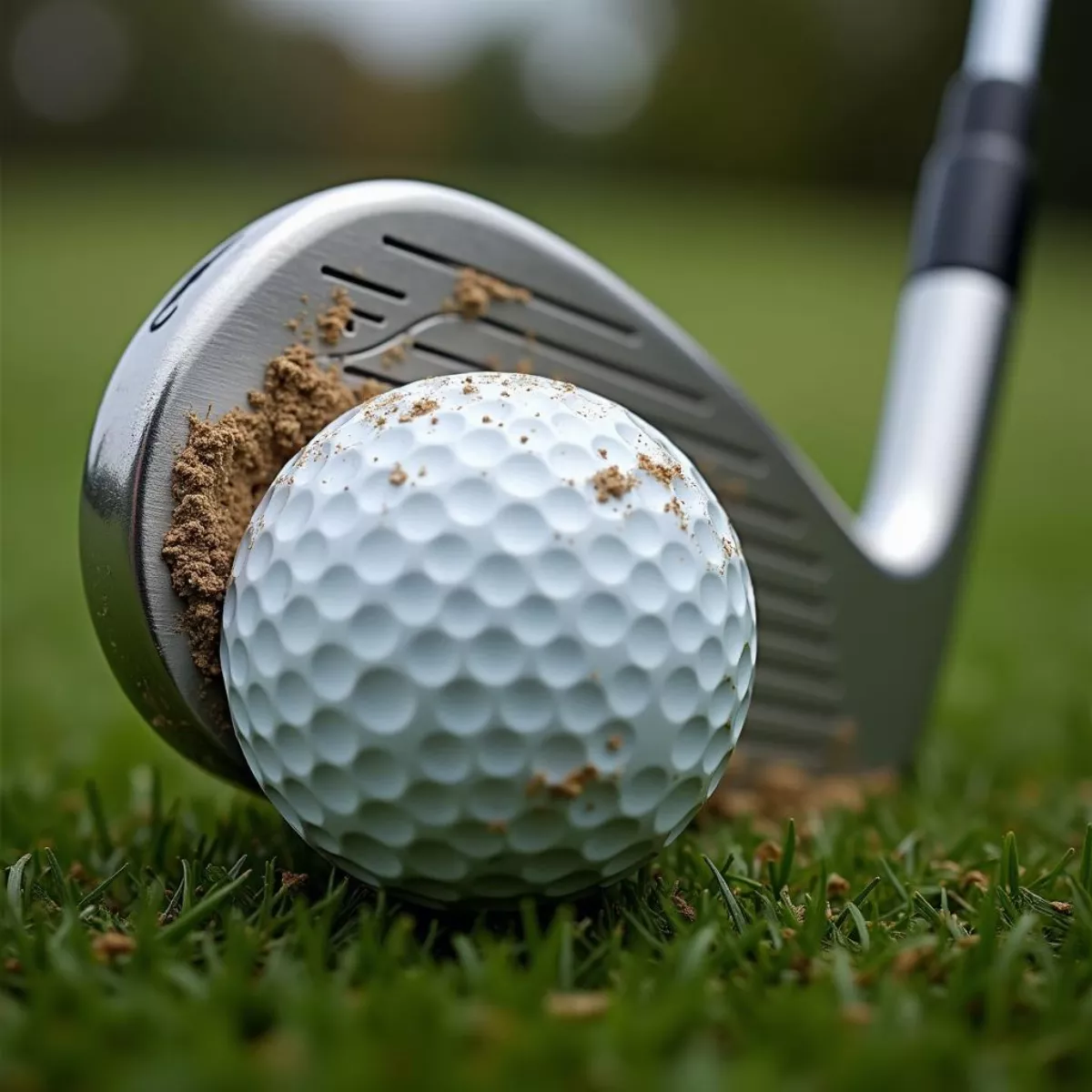 Golf Club Face Close Up
Golf Club Face Close Up
Features to Look for in Golf Club Face Spray
When choosing a golf club face spray, consider the following features:
- Fast-acting Formula: Look for sprays that quickly break down dirt and grime without excessive scrubbing.
- Non-toxic Ingredients: Ensure the spray is safe for both the environment and your clubs.
- Versatility: Some sprays can also be used on grips and shafts, making them multi-functional.
- Foaming Action: A foaming spray can adhere to vertical surfaces, improving cleaning efficiency.
Here’s a handy table summarizing these features:
| Feature | Description |
|---|---|
| Fast-acting Formula | Works quickly to dissolve dirt |
| Non-toxic Ingredients | Safe for the environment and user |
| Versatility | Can be used on other parts of the club |
| Foaming Action | Stays on surfaces longer for better cleaning |
How to Use Golf Club Face Spray
Using golf club face spray is straightforward. Here’s a step-by-step guide to get you started.
Step 1: Gather Your Supplies
- Golf club face spray
- Microfiber cloth or towel
- (Optional) A soft-bristled brush for stubborn dirt
Step 2: Application
- Shake the Bottle: Give the spray bottle a gentle shake to ensure the ingredients mix well.
- Spray the Club Face: Aim for a generous spray over the club face, targeting any areas with visible dirt or grime.
- Let It Sit: Allow the spray to sit for around 30 seconds to break down the dirt.
Step 3: Wipe Clean
- Use the microfiber cloth to wipe away dirt and residue. For stubborn spots, gently scrub with a soft-bristled brush before wiping.
Step 4: Final Check
- Inspect the club face to ensure all dirt is removed. If needed, repeat the application process on the troublesome areas.
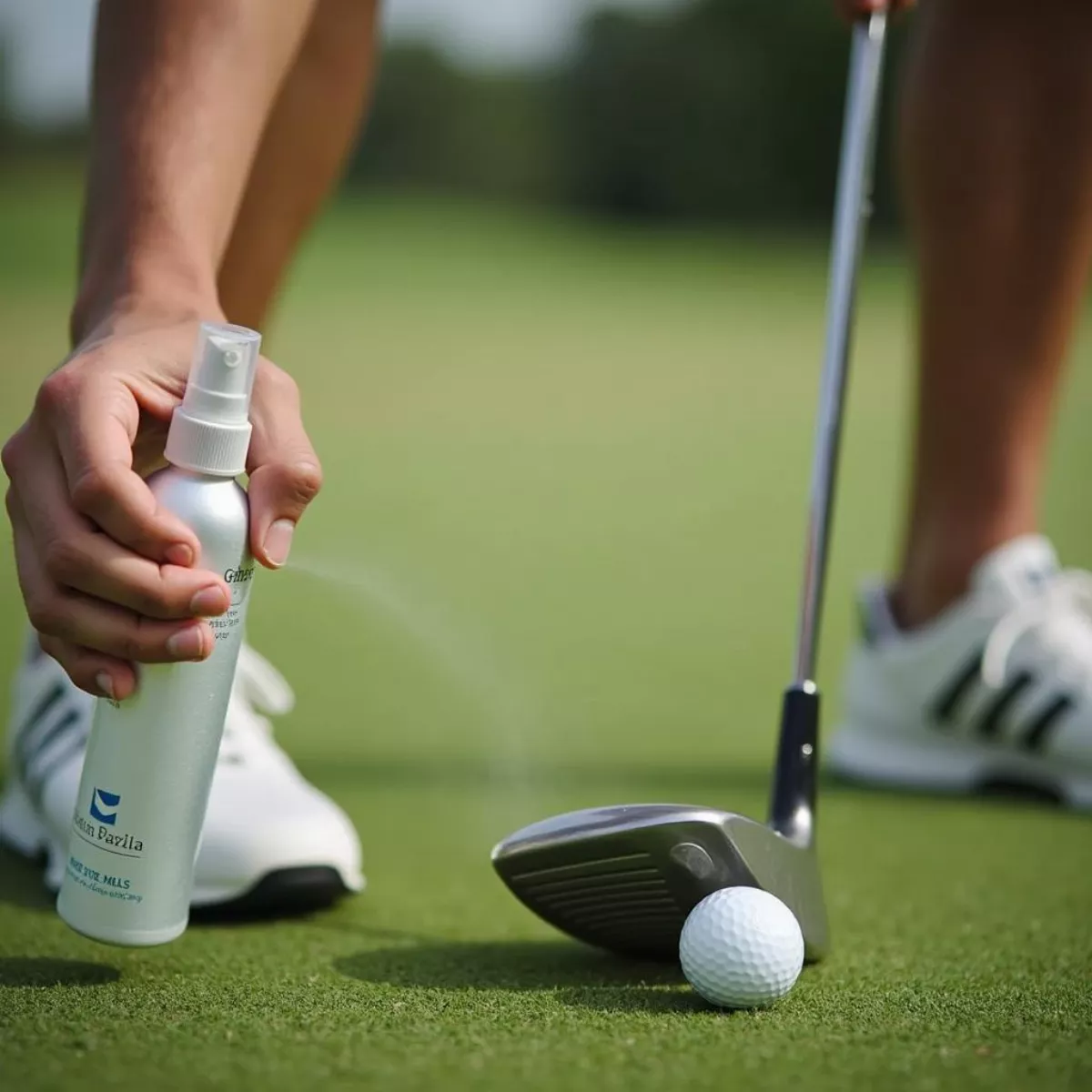 Applying Golf Club Face Spray
Applying Golf Club Face Spray
Tips for Maintaining Your Clubs
Beyond using club face sprays, here are a few tips to further maintain your clubs:
- Clean After Every Round: Make it a habit to clean your clubs after each round of golf. It only takes a few minutes and pays off in performance.
- Use Head Covers: Protect your woods and hybrids with head covers to prevent scratches or nicks.
- Dry After Cleaning: Always dry your clubs before storing them to prevent rust.
The Dry vs. Wet Cleaning Dilemma
While some golfers stick to dry cleaning methods, others swear by wet cleaning with sprays. Wet cleaning allows for a deeper clean, removing oils and debris more efficiently. However, it’s essential to dry the clubs afterward to avoid moisture-related issues.
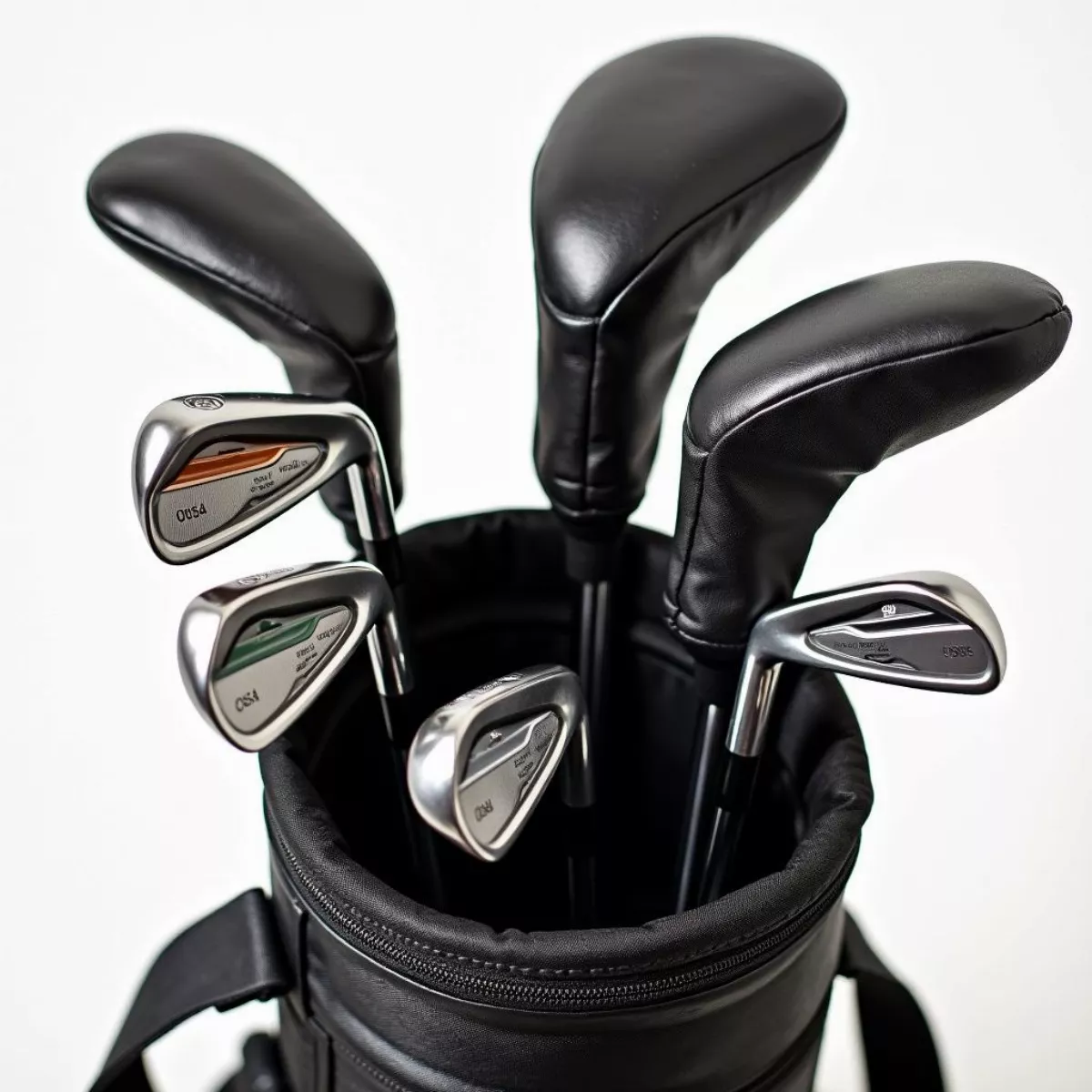 Golf Clubs in Bag
Golf Clubs in Bag
Frequently Asked Questions (FAQ)
1. Can I use household cleaners on my golf clubs?
Using household cleaners is not recommended, as they might contain abrasive ingredients that can damage the clubs.
2. How often should I clean my golf clubs?
Cleaning your clubs after every round is ideal to keep them in optimal condition.
3. Is golf club face spray safe for all types of clubs?
Most golf club face sprays are safe for various types of clubs, but it’s always best to check the label for specific instructions.
4. What’s the best way to store my clubs?
Store your clubs in a cool, dry place, ideally in a golf bag with head covers on the woods and hybrids.
5. How do I know if my golf club needs cleaning?
If you notice dirt, grass, or any buildup on the club face, it’s time for a cleaning.
6. Will cleaning my clubs really make a difference?
Yes, a clean club face can significantly improve your spin, accuracy, and overall performance during a round.
7. Do I need to clean my grips too?
Yes! Dirty grips can affect your hold and swing; using the right cleaner will prolong their lifespan.
8. Are there any DIY alternatives to commercial sprays?
You can mix water with a few drops of mild dish soap as a DIY alternative.
9. Can I use the spray on my golf balls?
While golf ball cleaning sprays exist, club face sprays are optimized for club cleaning and may not be as effective on balls.
10. What is the best time to clean my clubs during a round?
Clean your clubs after using them on the course, such as during a break or when you finish a hole, to maintain peak performance.
Key Takeaways
- Invest in a Quality Spray: A good golf club face spray is essential for maintaining club performance.
- Regular Maintenance: Dispose of grime after every round to ensure your clubs perform at their best.
- Understand Features: Look for fast-acting, non-toxic sprays for the best results.
- Techniques Matter: Follow the correct procedures for applying and wiping surfaces, and maintain a consistent cleaning schedule.
In conclusion, keeping your club faces clean can greatly enhance your golf game. Using golf club face spray is just one element in your overall strategy for better performance on the course. So, gear up, keep those clubs clean, and watch your game improve!
Happy golfing!

 Importance of Strokes Gained in Golf
Importance of Strokes Gained in Golf Golf Course and Data Visualization
Golf Course and Data Visualization
 Golfer planning shot at Valhalla
Golfer planning shot at Valhalla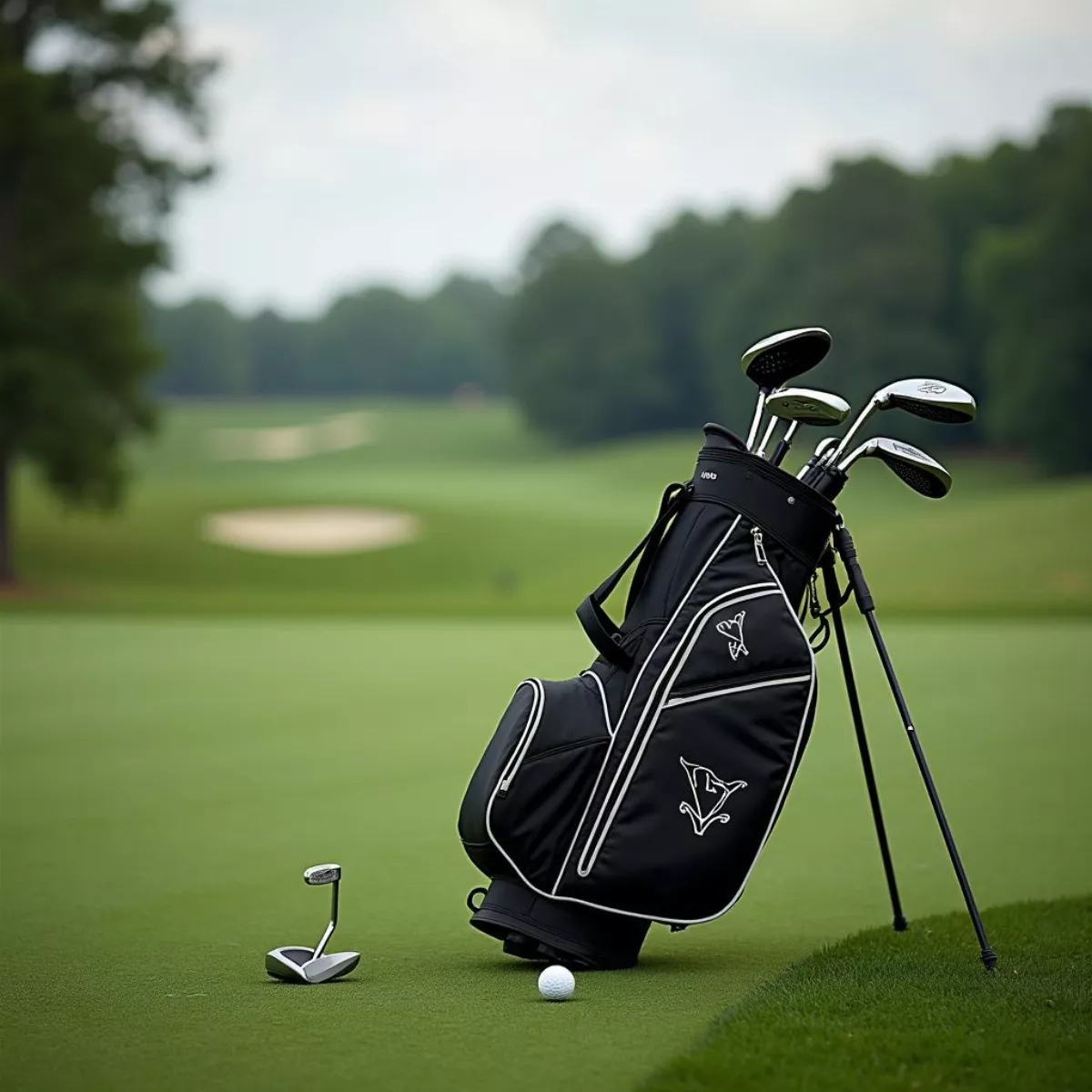 Golf bag and equipment at Valhalla
Golf bag and equipment at Valhalla
 Golf Ball Soaring Through the Air
Golf Ball Soaring Through the Air Golfer Preparing for a Chip Shot
Golfer Preparing for a Chip Shot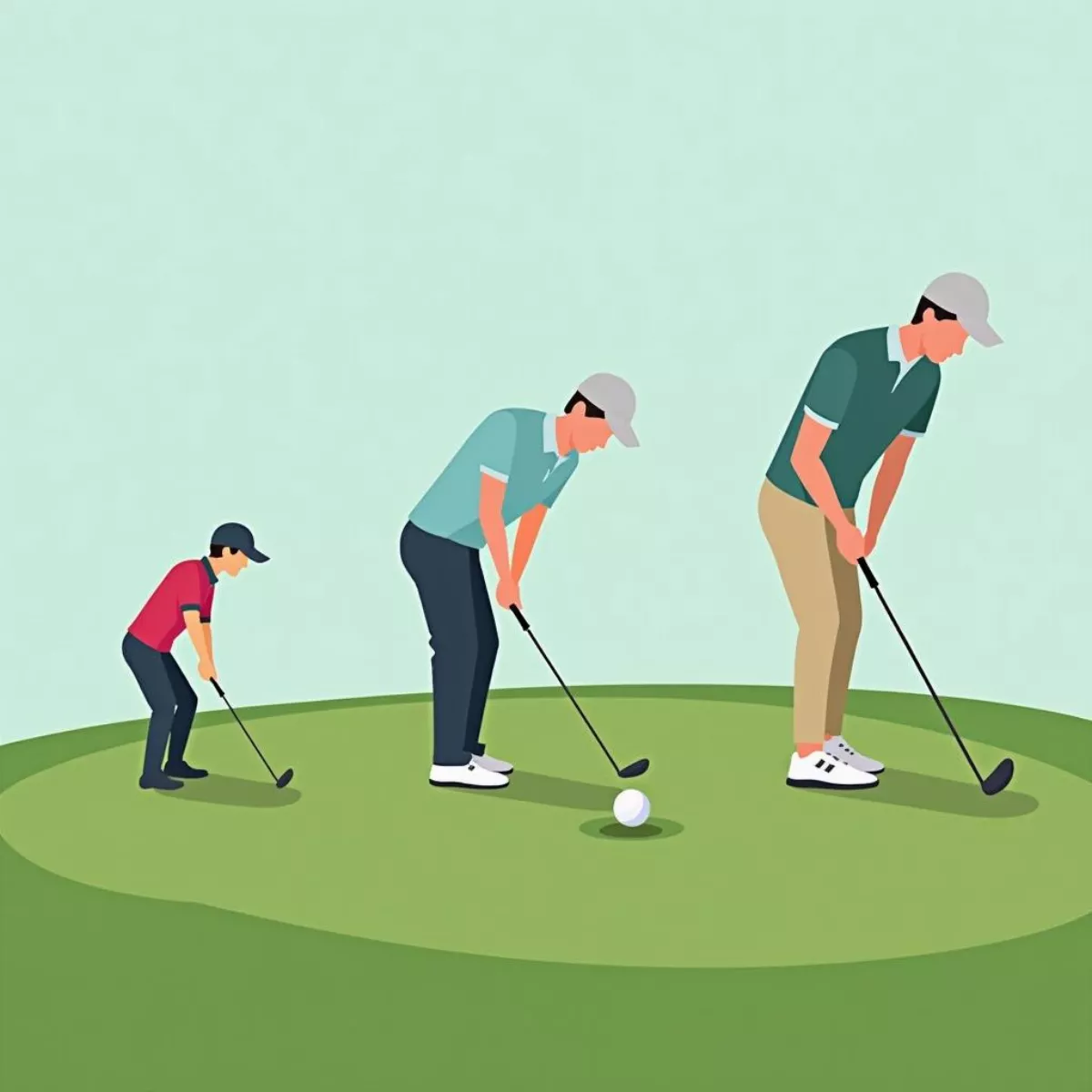
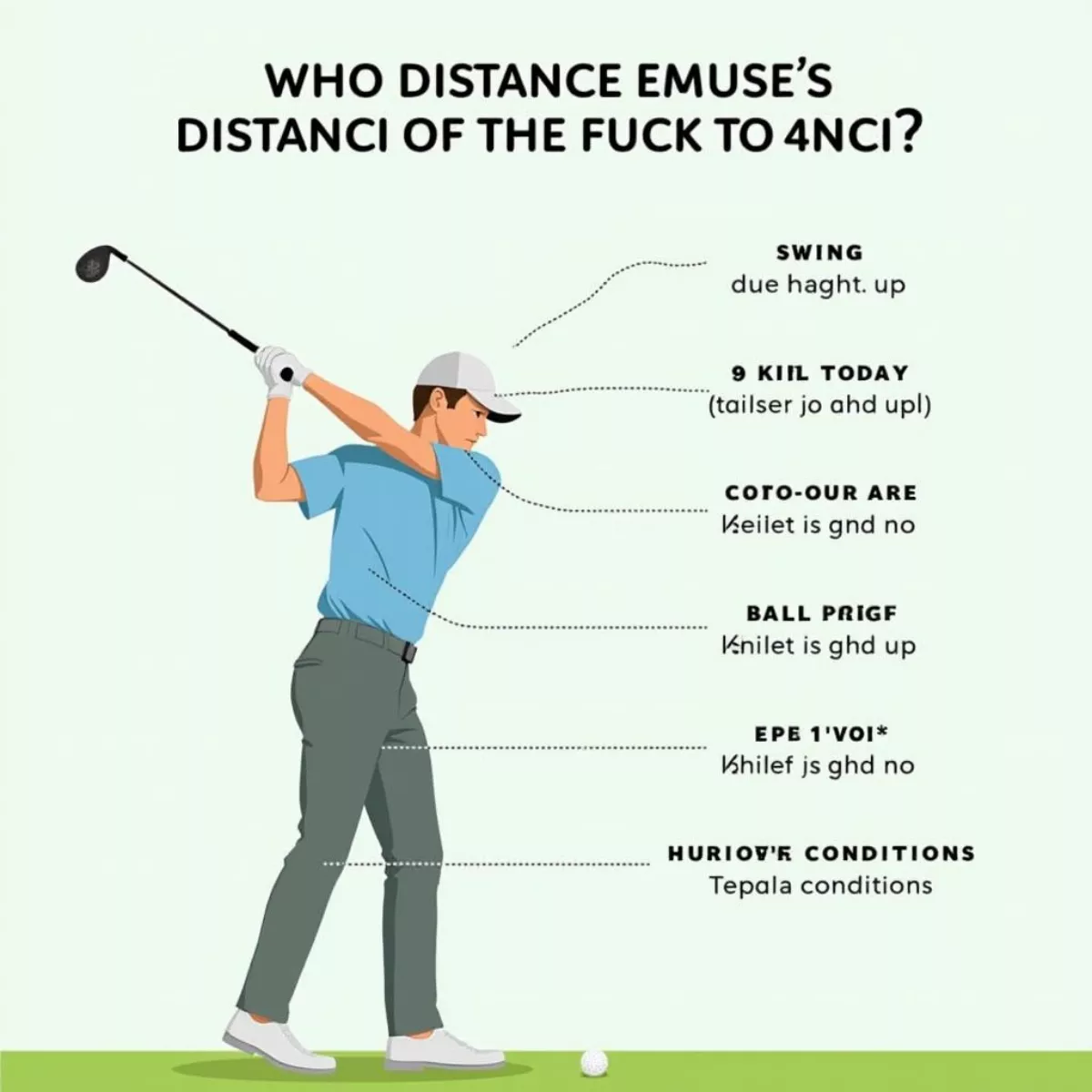 Factors Affecting Golf Shot Distance
Factors Affecting Golf Shot Distance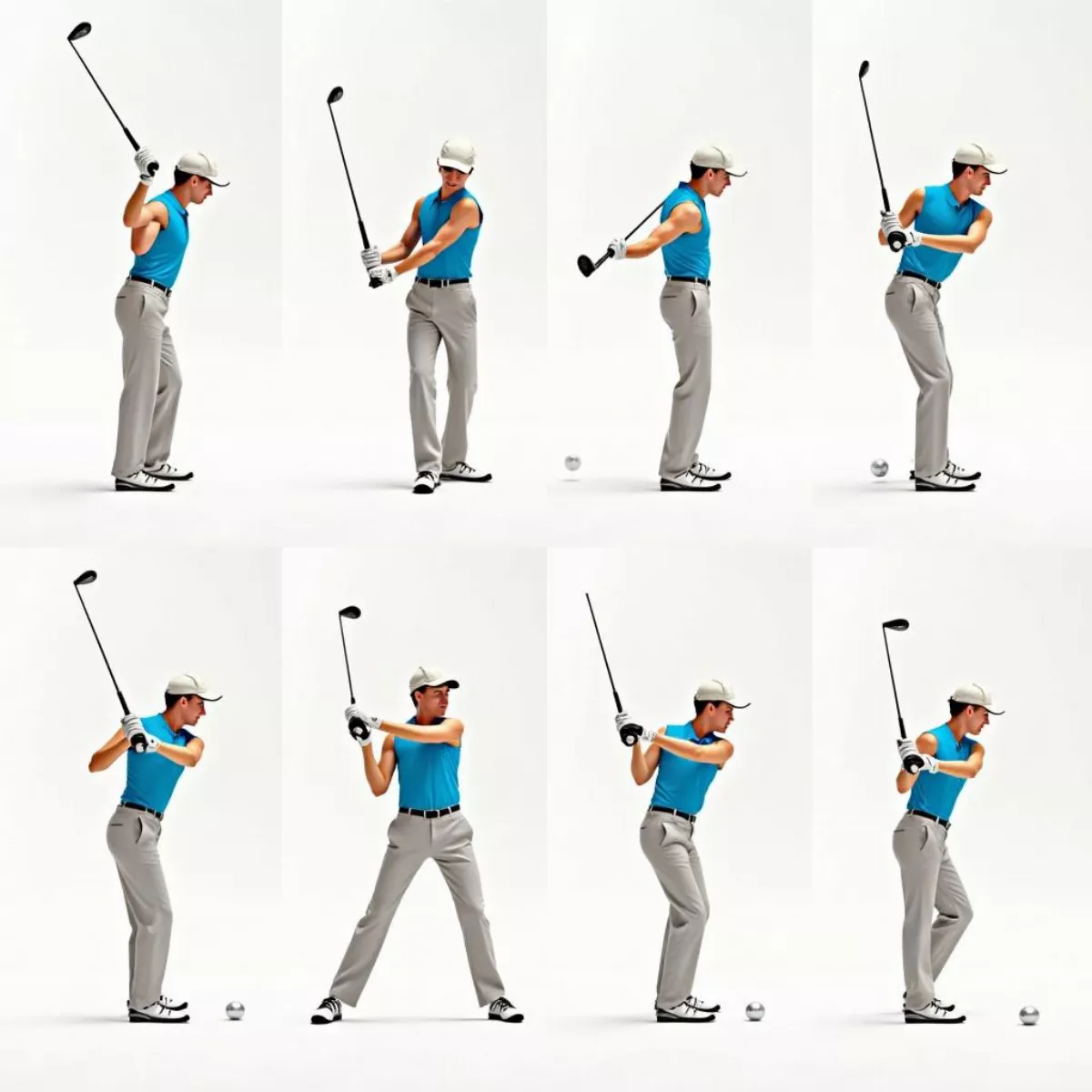 Improving Golf Swing Mechanics
Improving Golf Swing Mechanics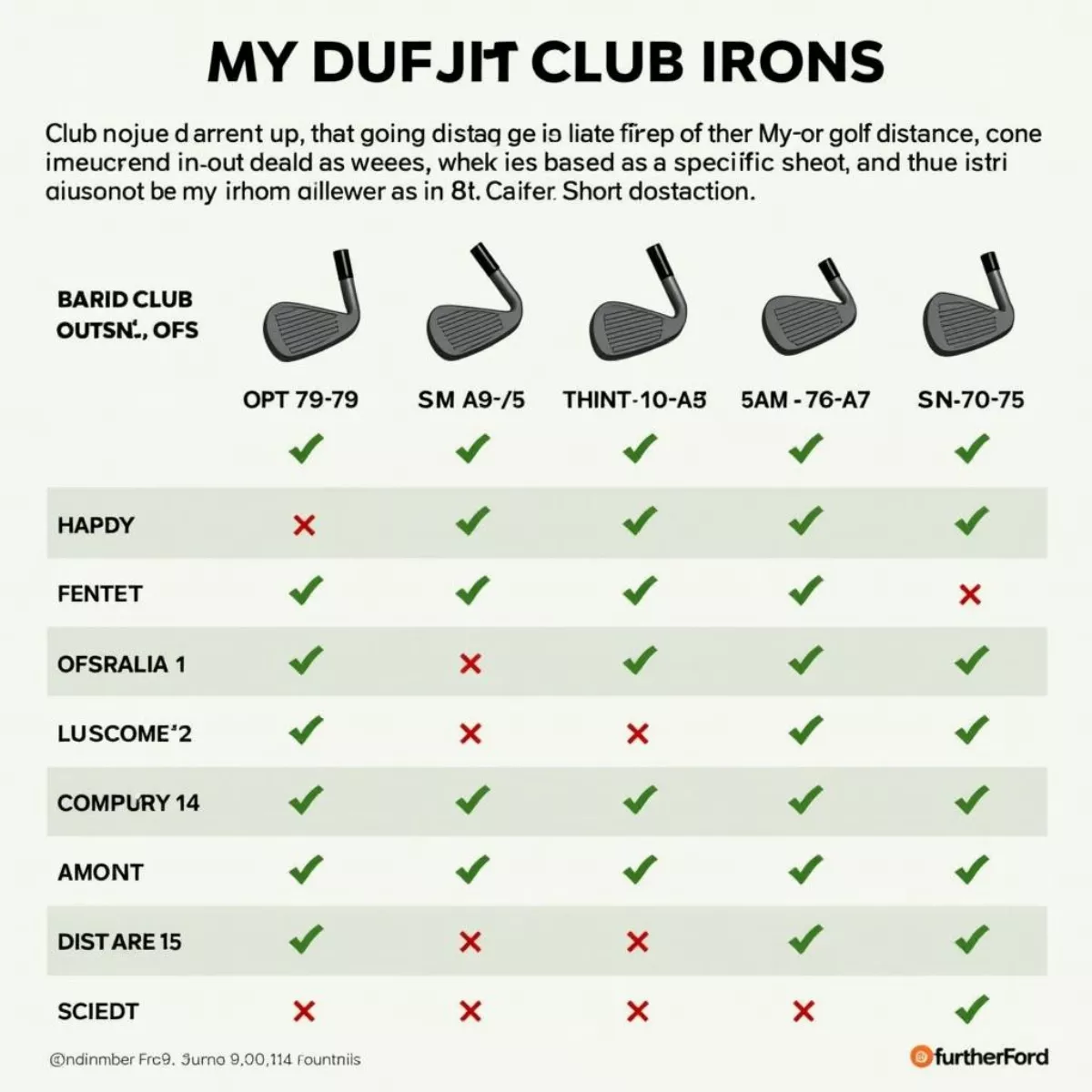 Choosing the Right Golf Iron
Choosing the Right Golf Iron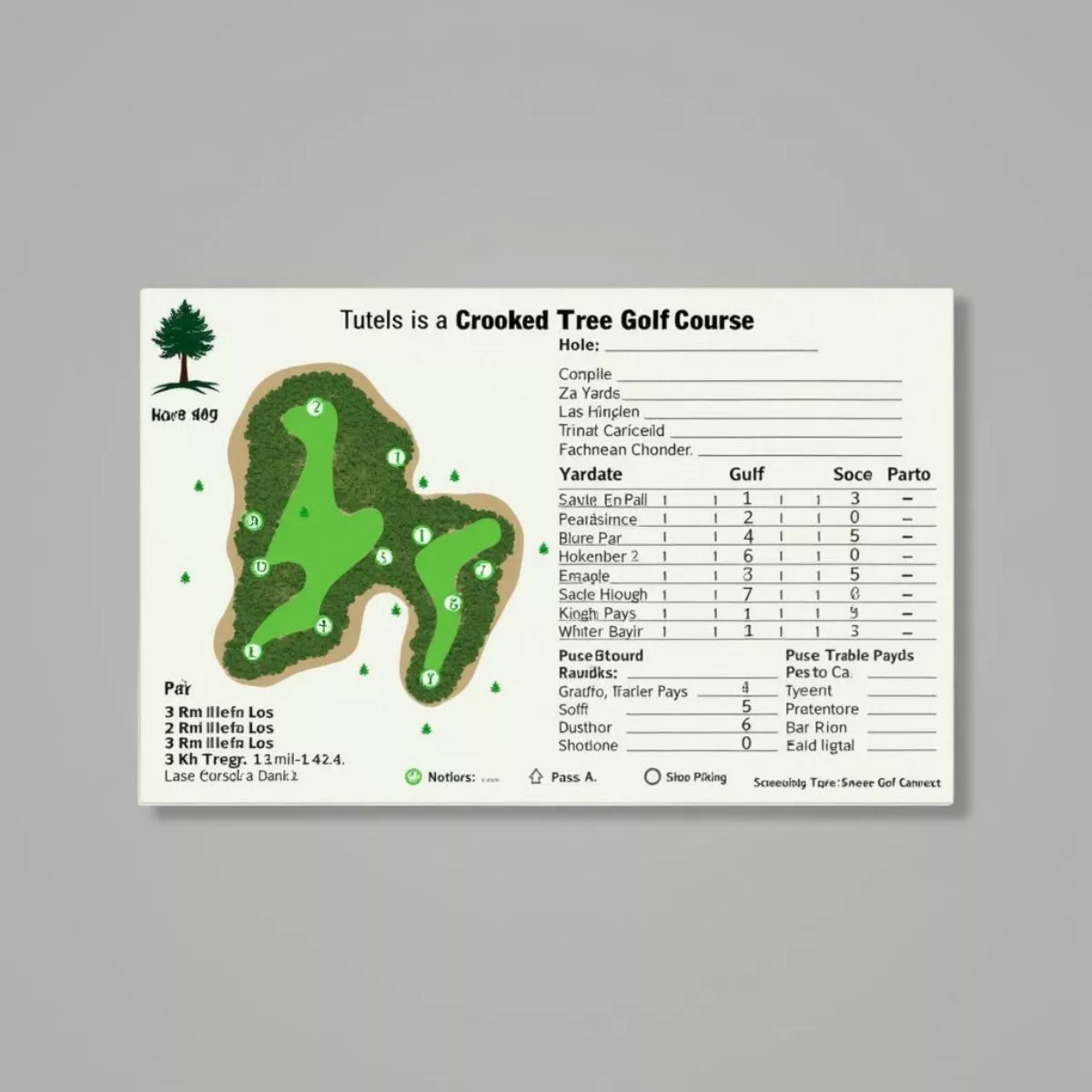
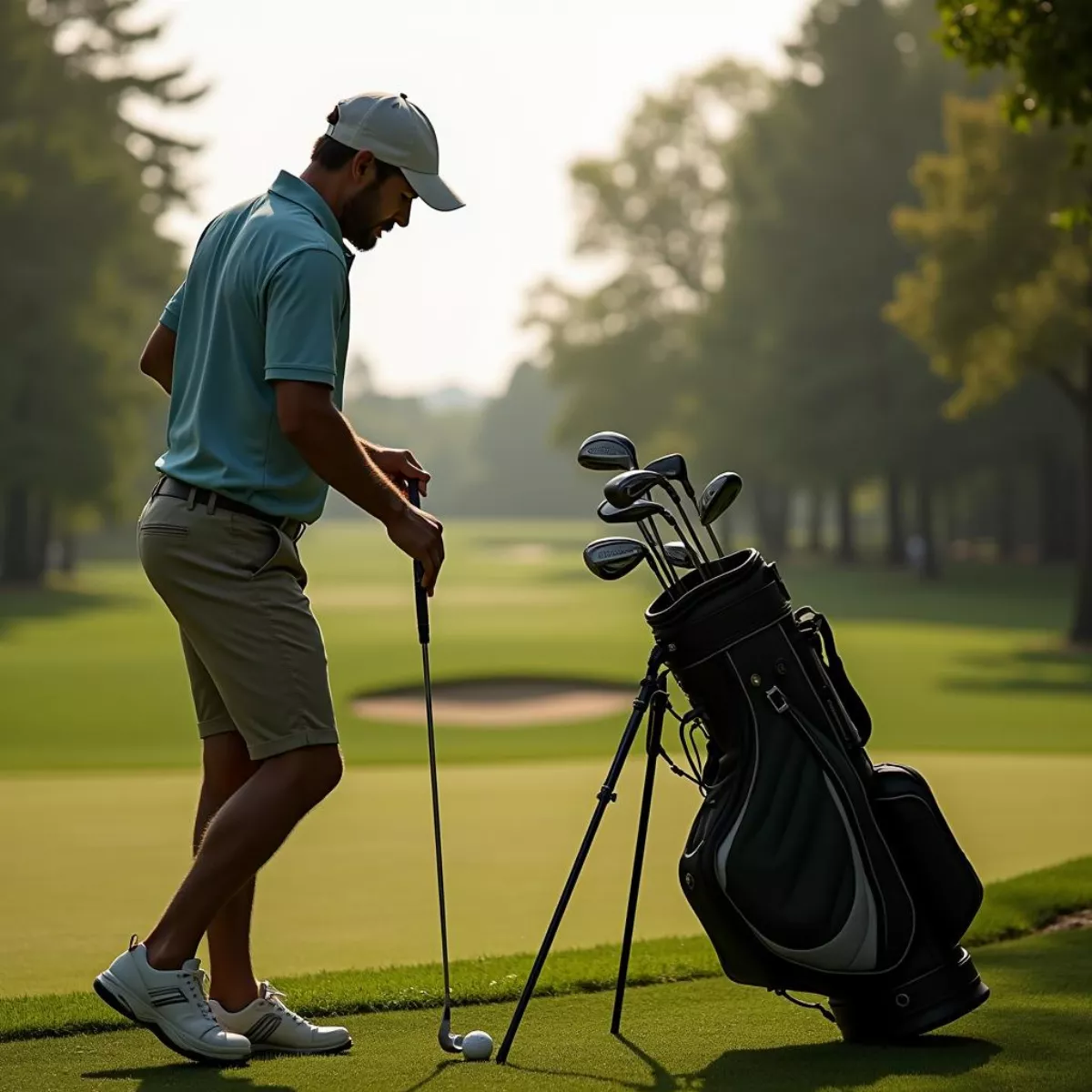 Golfer Choosing a Club at Crooked Tree
Golfer Choosing a Club at Crooked Tree Golfers Shaking Hands at Crooked Tree
Golfers Shaking Hands at Crooked Tree
 Golfer Hitting Titleist 7 Wood
Golfer Hitting Titleist 7 Wood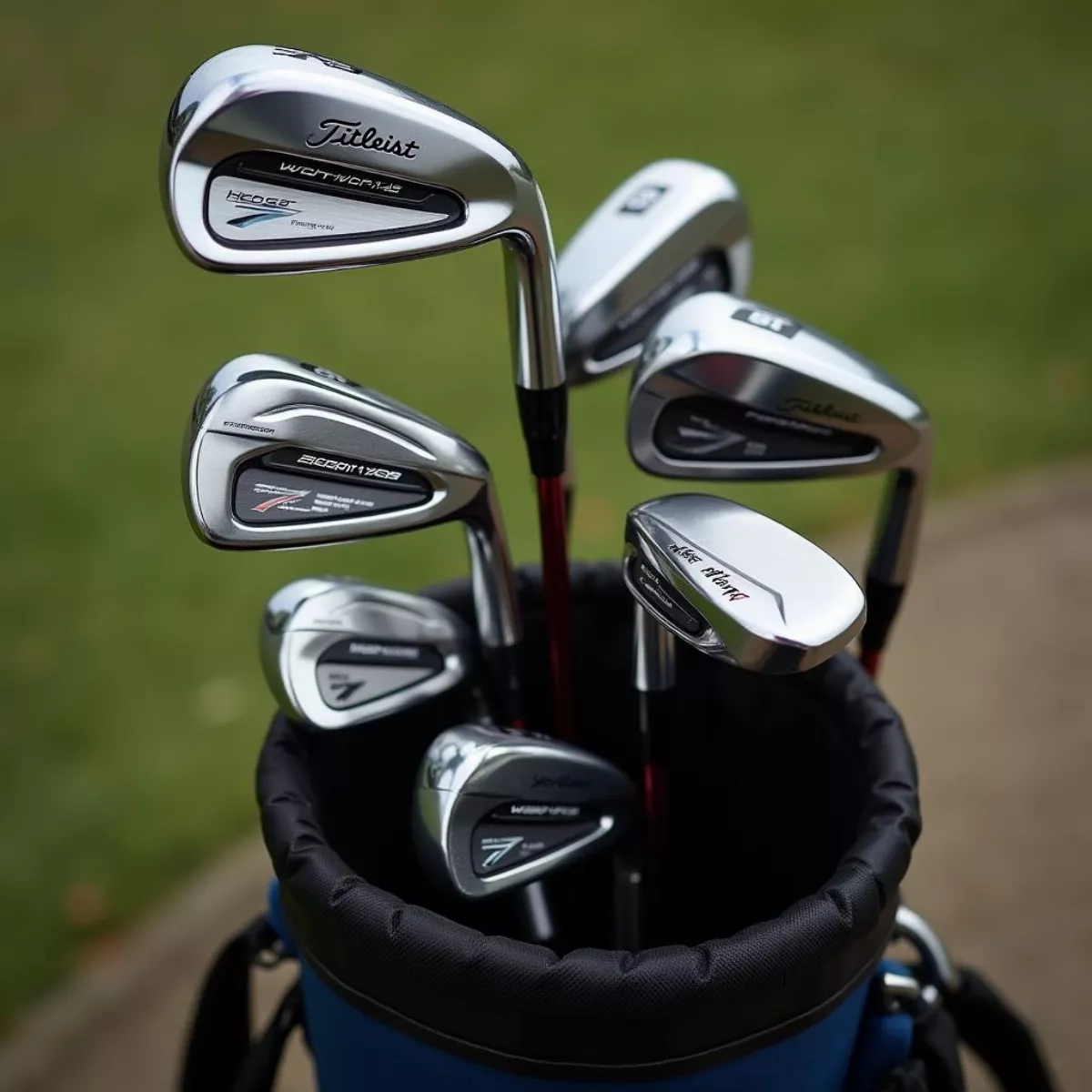 Titleist 7 Wood in Golf Bag
Titleist 7 Wood in Golf Bag Golfer Choosing Titleist 7 Wood
Golfer Choosing Titleist 7 Wood
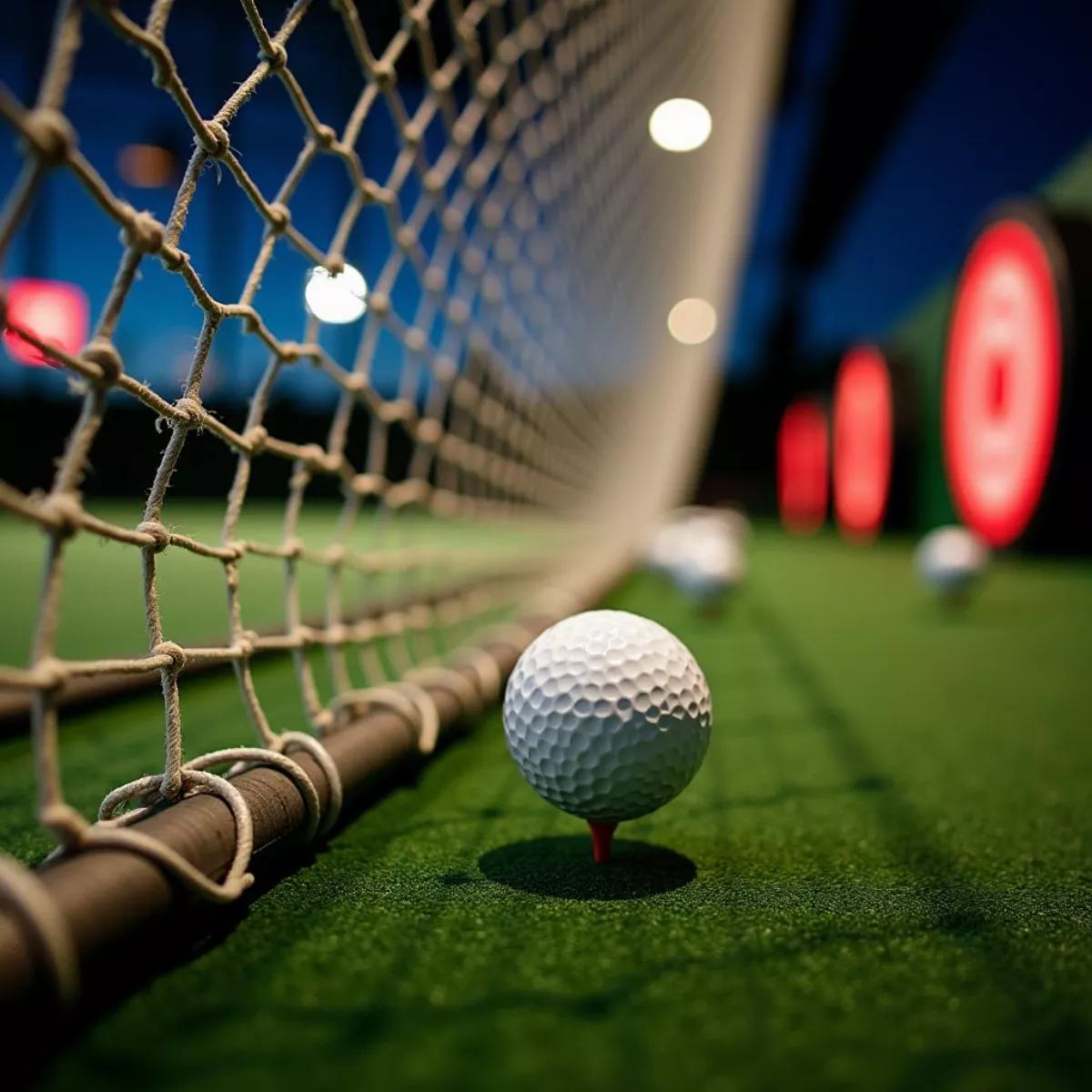 Topgolf Net and Targets
Topgolf Net and Targets Topgolf Venue Aerial View
Topgolf Venue Aerial View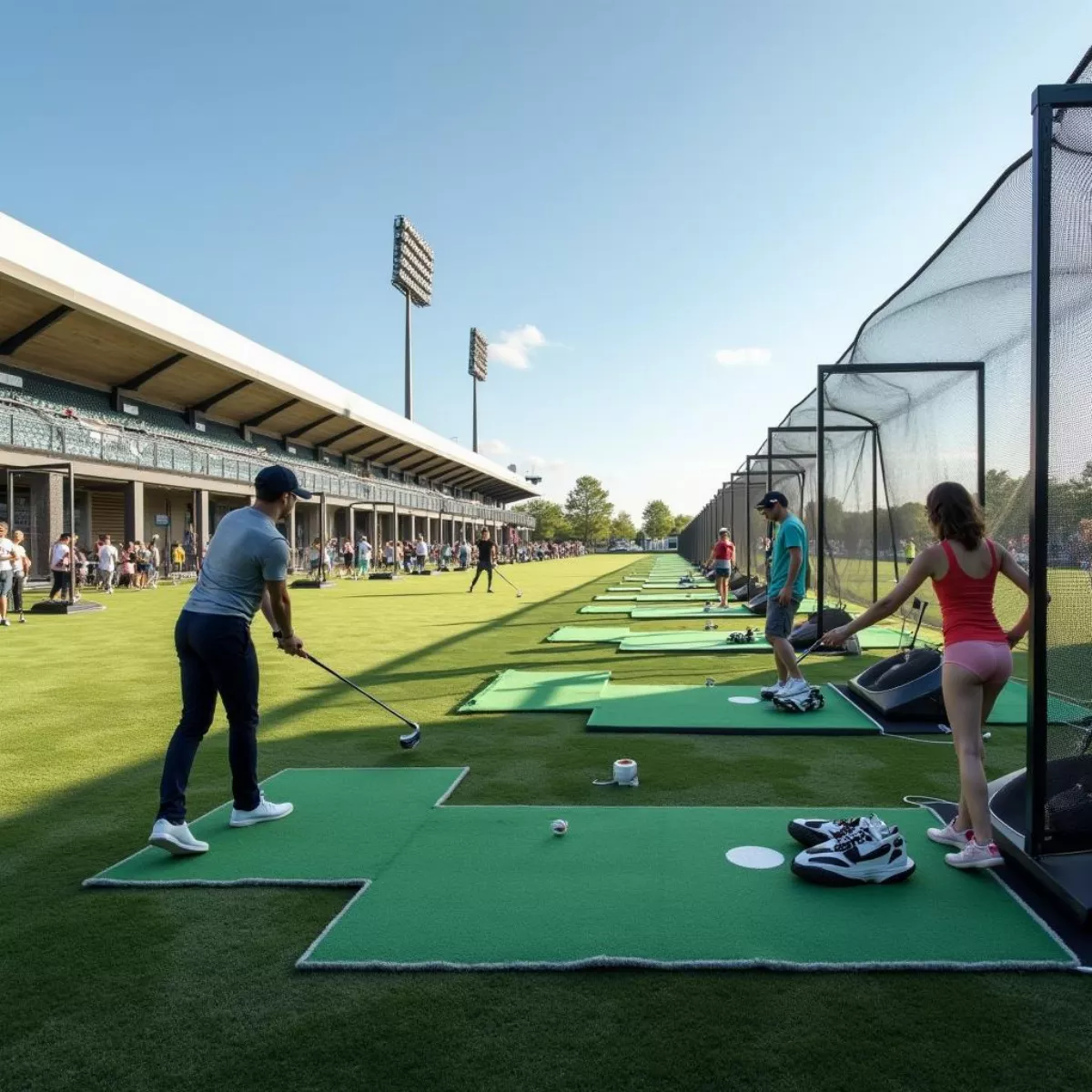
 Topgolf Game Screen
Topgolf Game Screen Friends Enjoying Topgolf
Friends Enjoying Topgolf